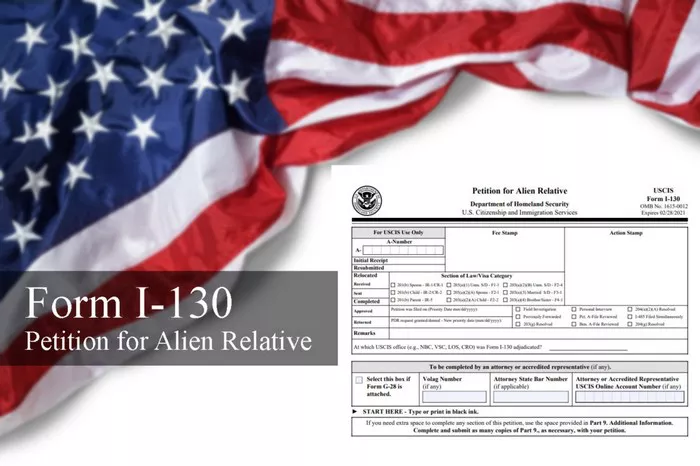The USCIS I-130 form, also known as the Petition for Alien Relative, is a critical step in the process of obtaining a green card for a family member. This form is used by U.S. citizens and lawful permanent residents to establish their relationship to the intending immigrant. Once filed, applicants eagerly await approval, as it signifies progression in the immigration journey. However, understanding the timeline for I-130 approval can be complex and varies depending on several factors. In this article, we will explore the typical processing times for USCIS I-130 petitions, factors affecting these timelines, and strategies for managing expectations during the waiting period.
Understanding USCIS I-130 Processing Times
USCIS processing times for the I-130 petition can vary significantly based on several factors, including the applicant’s relationship to the petitioner, the USCIS service center processing the application, and overall caseload. On average, USCIS aims to process I-130 petitions within 5 to 12 months from the date of filing. However, this timeline is not guaranteed, and actual processing times may deviate from this estimate.
SEE ALSO: THE IMPORTANCE OF FORM I-693: A COMPREHENSIVE GUIDE
Factors Affecting Processing Times
Relationship Type: The type of relationship between the petitioner and the beneficiary can impact processing times. Immediate relatives, such as spouses, parents, and unmarried children under 21 of U.S. citizens, typically experience shorter processing times compared to preference category relatives, such as siblings or adult children of U.S. citizens or lawful permanent residents.
USCIS Service Center: USCIS operates several service centers across the United States, each responsible for processing specific types of immigration applications. The workload and efficiency of these service centers can influence processing times. Applicants should check the USCIS website for current processing times at their designated service center.
Completeness and Accuracy of Application: Incomplete or inaccurately filled I-130 petitions can lead to delays or even denials. It is crucial for applicants to carefully follow USCIS instructions, provide all required documentation, and ensure accuracy in form completion.
Background Checks and Adjudication: USCIS conducts thorough background checks on both the petitioner and beneficiary as part of the I-130 adjudication process. Delays may occur if additional review is needed or if there are any issues with the applicant’s immigration history or criminal record.
Request for Evidence (RFE) or Interviews: In some cases, USCIS may issue a Request for Evidence (RFE) or schedule an interview to seek additional information or clarification regarding the I-130 petition. Responding to RFEs promptly and attending interviews as scheduled is crucial to avoid further delays in processing.
Managing Expectations During the Waiting Period
The waiting period for USCIS I-130 approval can be stressful and uncertain for applicants and their families. However, there are several strategies to manage expectations and navigate the process more effectively:
Stay Informed: Regularly check the USCIS website for updates on processing times and any changes in procedures or requirements. USCIS also provides case status updates online and through the USCIS mobile app, allowing applicants to track the progress of their petition.
Maintain Communication: Ensure that USCIS has your current contact information, including email and mailing address. USCIS may send important notices or requests for additional information via mail or email, so it is essential to promptly respond to any correspondence.
Consult with Immigration Professionals: If you have concerns about your I-130 petition or encounter unexpected delays, consider seeking guidance from qualified immigration attorneys or accredited representatives. They can provide personalized advice and assistance based on your specific circumstances.
Prepare for Next Steps: While awaiting I-130 approval, use the time to prepare for the subsequent stages of the immigration process, such as applying for an immigrant visa or adjustment of status. Familiarize yourself with the requirements and documentation needed for these steps to streamline the process once the I-130 is approved.
Conclusion
The USCIS I-130 petition is a critical milestone in the immigration journey for many families. Understanding the processing times, factors affecting approval, and strategies for managing expectations during the waiting period is essential for a smoother and more predictable immigration process. By staying informed, maintaining communication with USCIS, seeking professional guidance when needed, and preparing for the next steps, applicants can navigate the I-130 process with greater confidence and clarity. While the waiting period may be challenging, patience and proactive planning can ultimately lead to successful immigration outcomes for families across the United States.


